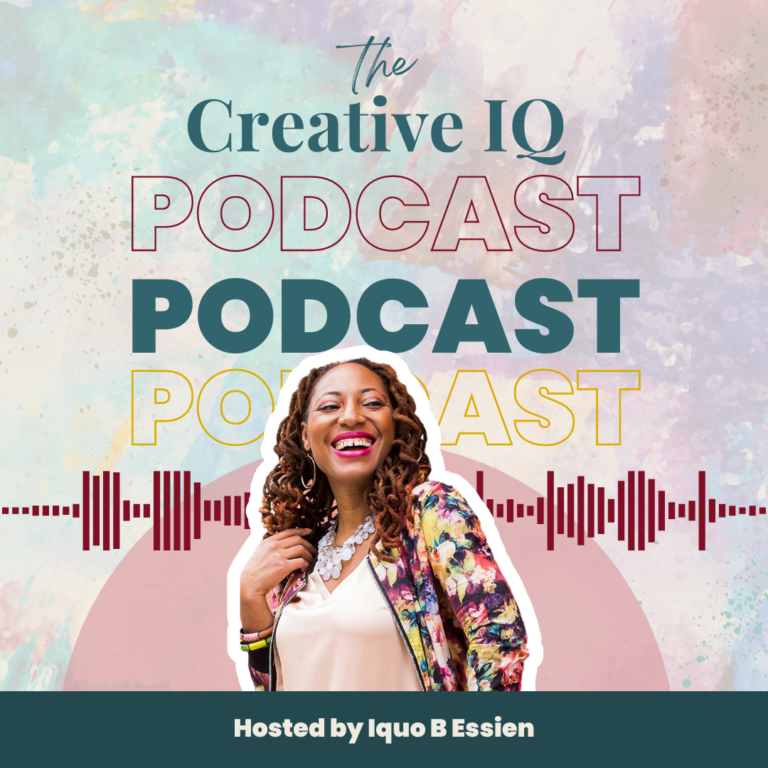Your nonprofit fundraising plan is key to the success of your organization. Nonprofits rely heavily on the support of their donors to achieve their mission and make a positive impact in their communities. However, relying on a single source of funding can be risky, making diversification of your donor base crucial to your nonprofit’s sustainability.
A diverse donor base not only provides financial stability but also brings diverse perspectives, experiences, and backgrounds that can enrich your nonprofit’s work. In this blog post, we will explore the phases of the donor development cycle and key steps to diversifying your donor base.
The Four Phases of the Donor Development Cycle
The donor development cycle consists of several phases, each of which requires a different approach to cultivate and retain donors. And understanding each of these phases is key to a strong nonprofit fundraising plan.

- Step 1: Identification. In this phase, your nonprofit identifies potential donors who align with your mission and are likely to support your work. This could involve researching individuals, foundations, or corporations that have a history of giving to causes similar to yours.
- Step 2: Cultivation. Once potential donors are identified, your nonprofit should focus on building relationships with them. This could involve inviting them to events, providing regular updates on your nonprofit’s work, and engaging them in conversations about their philanthropic goals and interests. For example, a great way to cultivate potential donors is by sending a monthly newsletter.
- Step 3: Solicitation. In this phase, your nonprofit makes a direct ask for financial support. This could involve a major gift campaign, grant application, or annual appeal.
- Step 4: Stewardship. After a donor makes a gift, it is crucial to thank them and demonstrate the impact of their contribution. This could involve providing regular updates on your nonprofit’s work, inviting them to events, and recognizing their contribution publicly. (For example: Check out Bard Prison Initiative’s Annual Report to see how they thank their major donors.)
How to move donors through the donor journey
Moving donors through the donor journey requires building relationships and providing personalized communication. And your donor cultivation should take a strategic approach that outlines activities for each step of the way. Now that we know the steps, let’s consider some ideas for how to move your donors forward:
- Expand your outreach: Don’t rely on the same donors year after year. Expand your outreach efforts to target new audiences. Consider reaching out to diverse communities and exploring partnerships with organizations that serve these communities.
- Focus on engagement: Engage donors in conversations about their philanthropic goals and interests. Ask for feedback and demonstrate how their contributions make a difference.
- Personalize your communication: Tailor your communication to donors’ interests and preferences. Provide regular updates on your nonprofit’s work and demonstrate how their contributions are making a positive impact.
- Recognize donors publicly: Recognize donors publicly through newsletters, social media, and events. This not only shows gratitude but also encourages other donors to contribute.
- Provide opportunities for involvement: Provide donors with opportunities to get involved beyond financial contributions. This could involve volunteering, serving on a board or committee, or advocating for your nonprofit’s mission.
Conclusion
In summary, diversifying your donor base is crucial to your nonprofit fundraising plan. By focusing on the various phases of the donor development cycle, and implementing key steps to move donors through the donor journey, your nonprofit can cultivate a diverse and engaged donor base. In so doing, your donor cultivation will help provide financial sustainability, enrich your nonprofit’s work, and ensure your organization’s long-term success.














